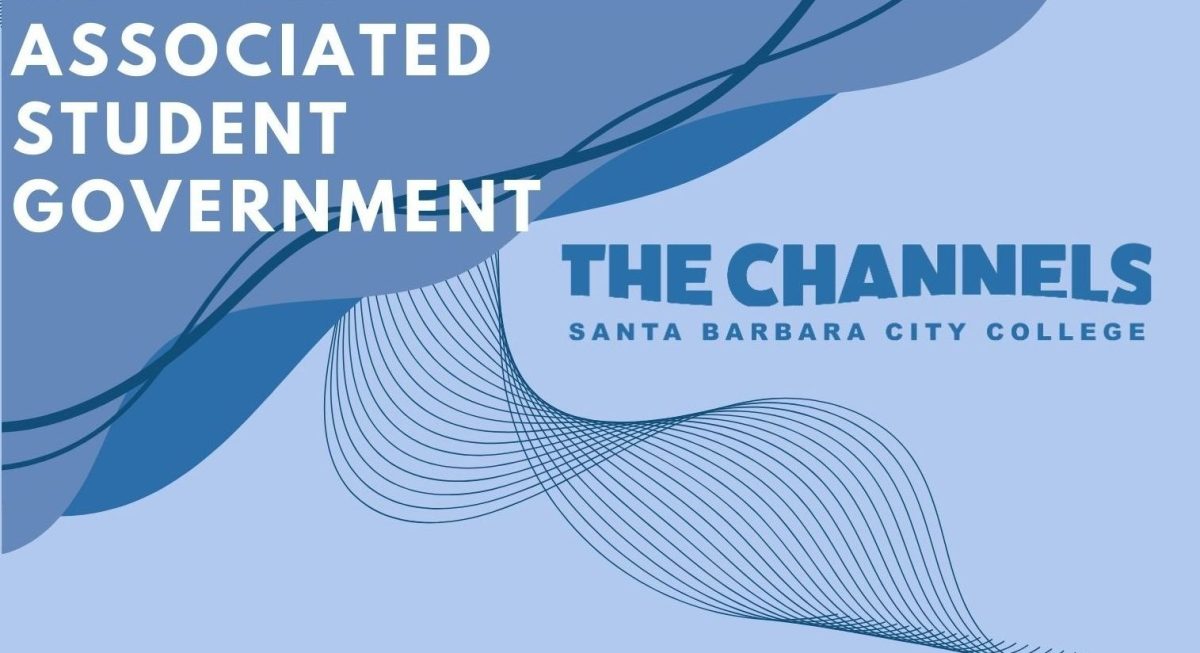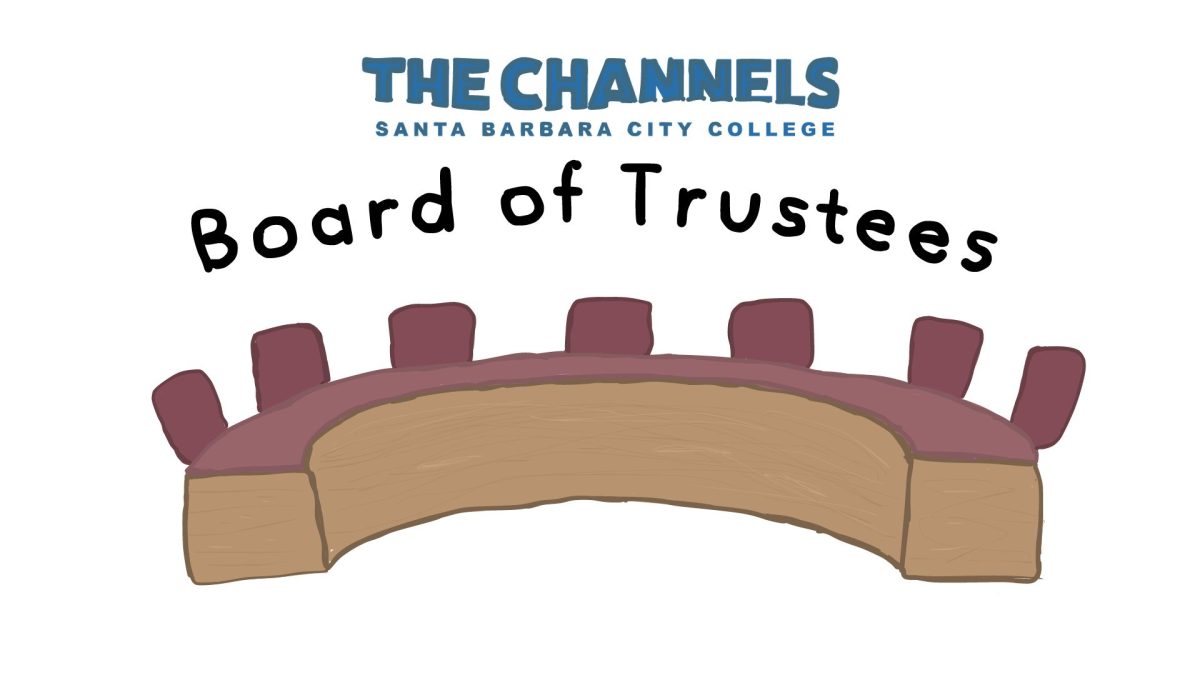It’s in every classroom and every teacher’s lecture. Whether it takes the form of PowerPoint presentations, videos or interactive Web sites, technology is everywhere.
In order to step up their game, many professors at City College are using sabbaticals to learn about technology and how to enhance their course material.
A sabbatical is paid leave, ranging in length from a semester to a full academic year. During that time, professors research and update themselves on new advances in their discipline.
City College is one of the few two-year colleges that offer sabbaticals for professors. Darin Garard, Sabbatical Leave Committee of the Academic Senate chair, said this proves how dedicated the college is to faculty success.
“Not only do [faculty] come back with new strategies and ideas,” Garard said,” but we’ve seen it over and over again that they return rejuvenated and energized to teach.”
Between 1992 and 2002, more and more professors strayed away from typical sabbatical activities, such as writing books, and were drawn to the opportunities and convenience that technology entails.
Approximately 28 of the 77 sabbaticals in those years were technology-based.
“The general theme is taking my existing content that I have, and changing it to reach more students by technology,” said Garard, communication.
Mary Gibson, theater arts and former chair of the Sabbatical Leave Committee, believes that professors’ use of technology is always geared to improving the entire college.
“I think a lot of it is driven by recognizing that interactive learning is more effective and that technology facilitates that,” Gibson said.
“[Technology] does allow us to do things more sufficiently,” Gibson said. “If you can put something on the Web for students to find, then you don’t have to worry about handouts and that sort of thing.”
Mary Wiemann, communication, took a sabbatical focused on the effectiveness of communication in technology-enhanced education.
“I find technology as a real benefit to reach people who otherwise can’t be reached,” said Wiemann.
Federico Peinado, English as a second language, who calls himself a “firm believer in the use of technology for instruction,” recently took a sabbatical dedicated to incorporating technology to better serve ESL students.
His 2001 sabbatical allowed him to create supplemental software and a Web site for ESL students, including 136 language activities such as audio files and interactive activities.
He also created a resource Web site for the language lab that both students and faculty can access.
“You’re teaching them English and how to be comfortable with computers,” Peinado said concerning ESL students’ use of his supplemental material. “That’s really valuable to them.”
So what other kinds of technology are professors learning?
“It’s not just computers, it’s [also] what we consider ‘low-tech’,” Gibson said.
“Low-tech” can include developing databases, creating instructional videos, and simply updating equipment and data.
Gibson added that some technological departments, such as computer science, need sabbaticals just to catch up on new gizmos and programs in their ever-evolving discipline.
“It’s almost a must for them to do that because they want to be teaching the latest technology,” Gibson said.
The benefits of classroom technology include anything from more interesting presentations to helping professors’ with their organization.
However, professors should not depend on technology to do the teaching for them.
“Technology should be an aid, an enhancement of the content,” Wiemann said. “It shouldn’t be a crutch.”
Relying totally on technology to teach course material doesn’t guarantee a better learning experience because of the loss of face-to-face communication, Weimann added.
Garard said the tech-based sabbatical boom is slowly disappearing, losing the trendy appeal it had three or four years ago.
Professors are returning to more traditional sabbaticals, including research and reworking of course content.
“The trend now is ‘how do I improve my whole classroom content to increase student success’?'” Garard said.
He added that teachers are more familiar with technology and realize that it’s just another “little angle to getting to the student success core.”
“It goes back to good teaching, and that never goes out of style.”







